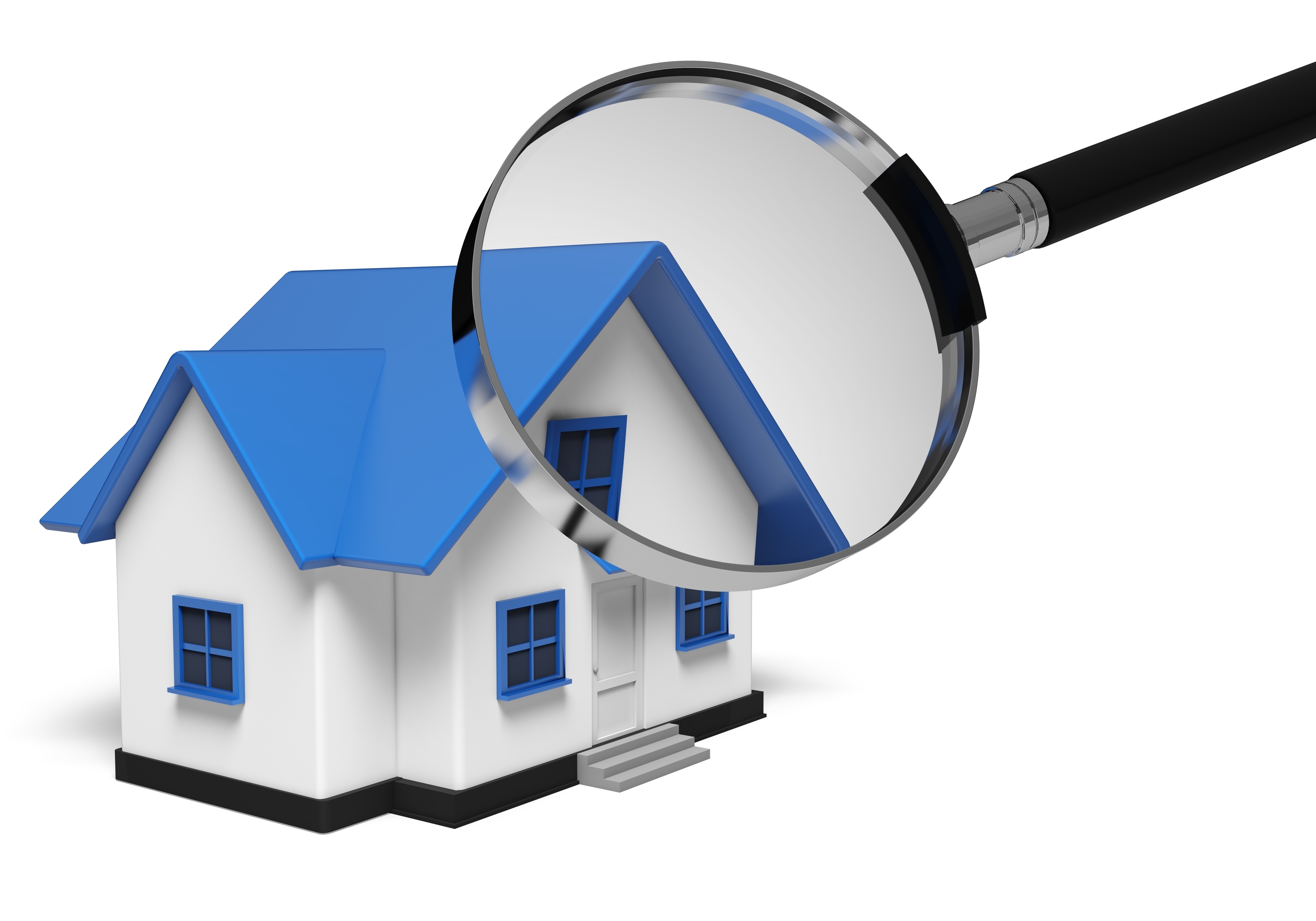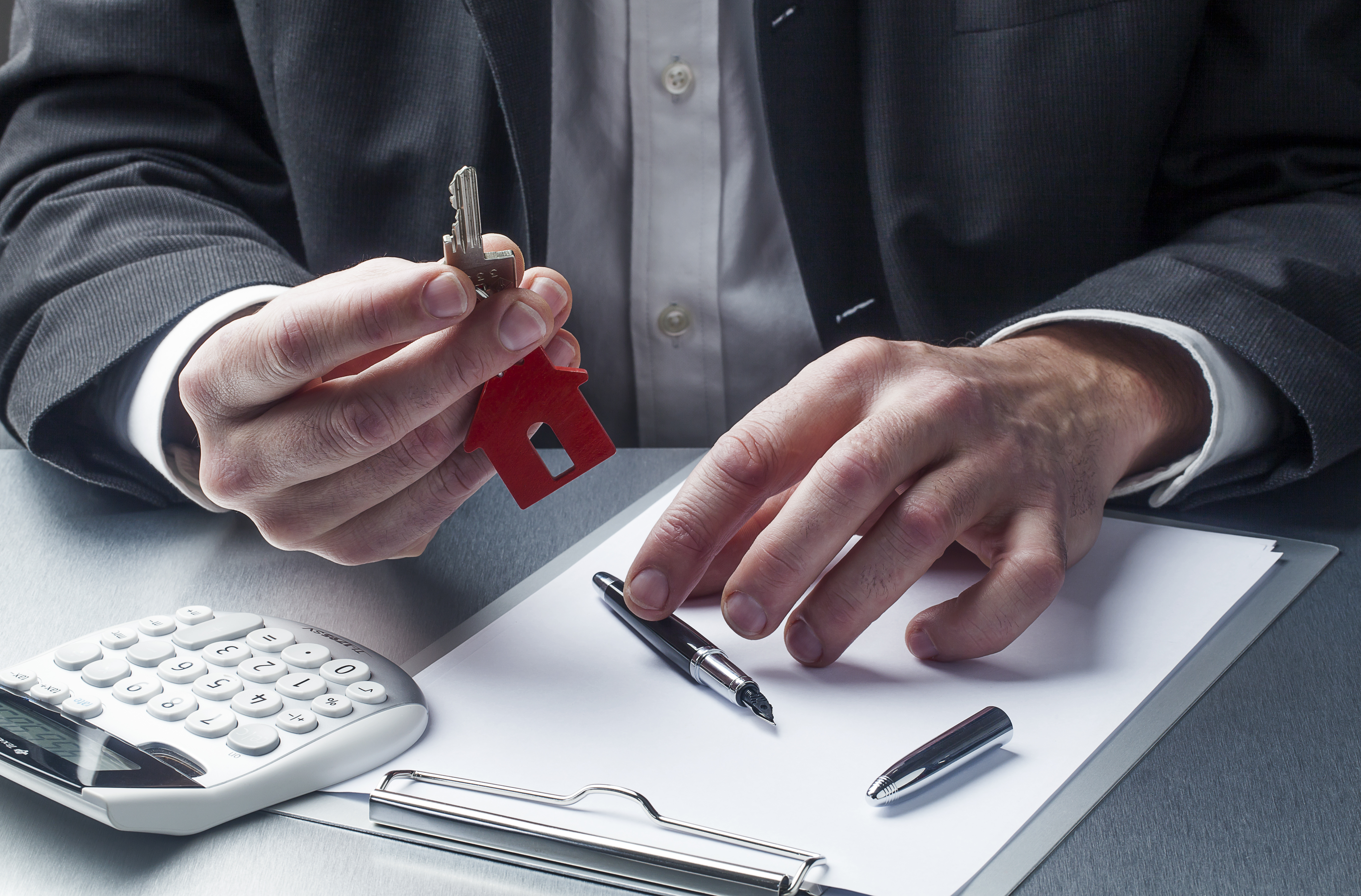
What Are the Parts of an Appraisal?Their home's purchase is the biggest transaction many of us could ever consider. It doesn't matter if a primary residence, a second vacation property or an investment, purchasing real property is an involved transaction that requires multiple parties to make it all happen. It's likely you are familiar with the parties taking part in the transaction. The most recognizable person in the exchange is the real estate agent. Then, the lender provides the money needed to fund the exchange. And ensuring all requirements of the sale are completed and that the title is clear to transfer from the seller to the buyer is the title company. So, who makes sure the property is worth the amount being paid? This is where the appraiser comes in. We provide an unbiased estimate of what a buyer could expect to pay — or a seller receive — for a property, where both buyer and seller are informed parties. A licensed, certified, professional appraiser from Appraisal Group of Central Virginia will ensure, you as an interested party, are informed. The inspection is where an appraisal startsOur first task at Appraisal Group of Central Virginia is to inspect the property to ascertain its true status. We must see features first hand, such as the number of bedrooms and bathrooms, the location, living areas, etc, to ensure they indeed are present and are in the condition a reasonable person would expect them to be. The inspection often includes a sketch of the floorplan, ensuring the square footage is correct and conveying the layout of the property. Most importantly, the appraiser identifies any obvious features - or defects - that would affect the value of the property. After the inspection, we use two or three approaches to determining the value of the property: paired sales analysis and, in the case of a rental property, an income approach. 
Cost ApproachHere, the appraiser uses information on local construction costs, labor rates and other factors to ascertain how much it would cost to replace the property being appraised. This estimate usually sets the upper limit on what a property would sell for. It's also the least used method. 
Paired Sales AnalysisAppraisers are intimately familiar with the subdivisions in which they work. They thoroughly understand the value of specific features to the people of that area. Then, the appraiser looks up recent sales in close proximity to the subject and finds properties which are 'comparable' to the subject at hand. By assigning a dollar value to certain items such as remodeled rooms, types of flooring, energy efficient items, patios and porches, or additional storage space, we add or subtract from each comparable's sales price so that they more accurately portray the features of subject.
Once all necessary adjustments have been made, the appraiser reconciles the adjusted sales prices of all the comps and then derives an opinion of what the subject could sell for. When it comes to knowing the true value of features of homes in Henrico and Henrico, Appraisal Group of Central Virginia can't be beat. The sales comparison approach to value is most often given the most importance when an appraisal is for a real estate purchase. Valuation Using the Income ApproachIn the case of income producing properties - rental houses for example - the appraiser may use an additional method of valuing a house. In this situation, the amount of revenue the property generates is taken into consideration along with other rents in the area for comparable properties to derive the current value. Arriving at a Value ConclusionCombining information from all approaches, the appraiser is then ready to put down an estimated market value for the subject property. It is important to note that while this amount is probably the strongest indication of what a property is worth, it may not be the price at which the property closes. Prices can always be driven up or down by extenuating circumstances like the motivation or urgency of a seller or 'bidding wars'. But the appraised value is typically employed as a guideline for lenders who don't want to loan a buyer more money than they could recover in case they had to put the property on the market again. The bottom line is, an appraiser from Appraisal Group of Central Virginia will guarantee you discover the most fair and balanced property value, so you can make the most informed real estate decisions. |